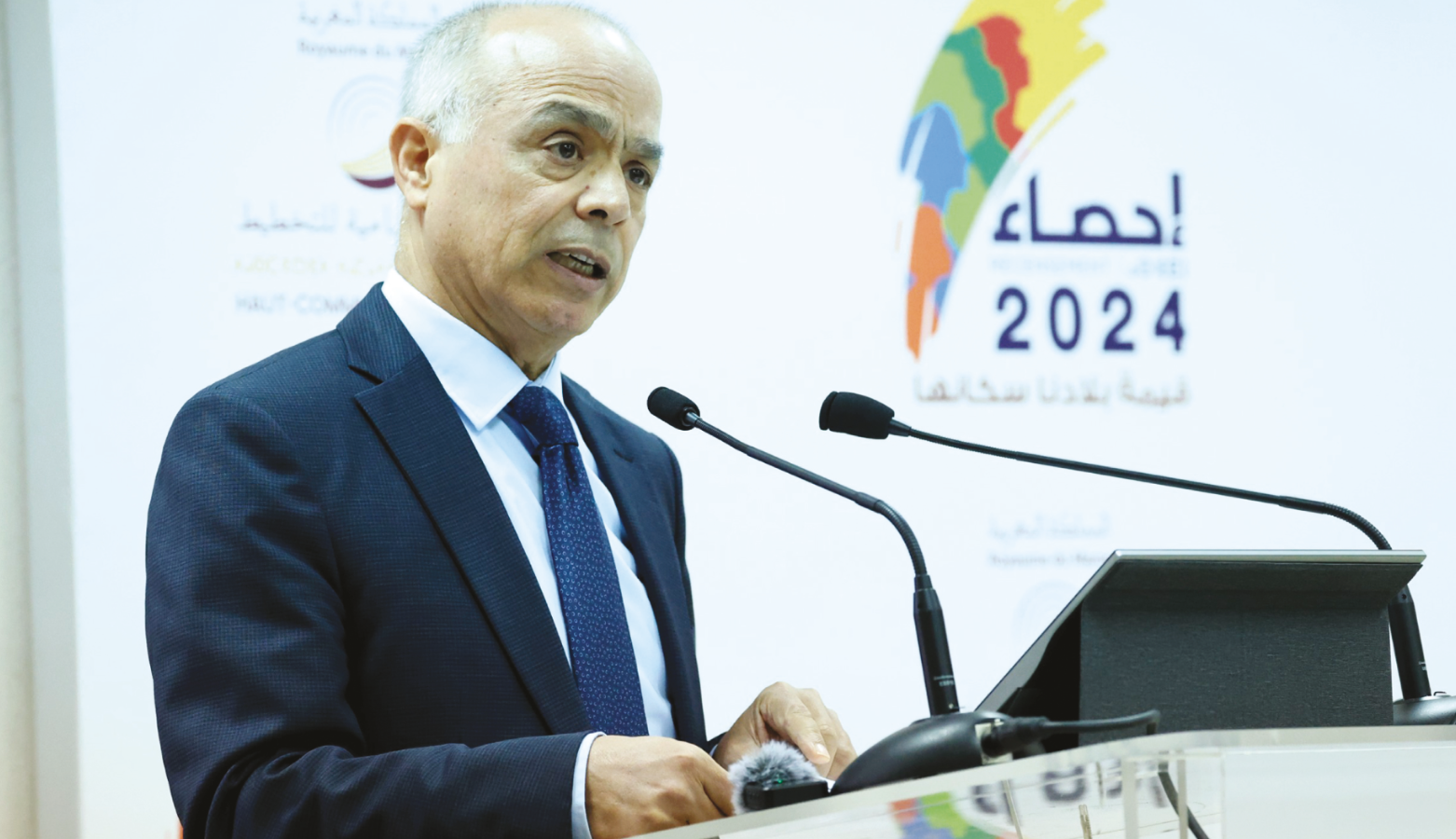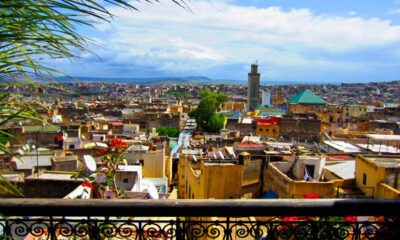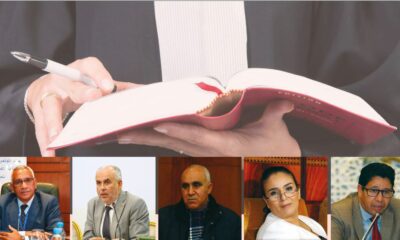Kingdom
Moroccans, Who Are They, How Do They Live?
Detailed results of the General Census of Population and Housing (RGPH) highlight the evolution of Moroccan demographics on many aspects. Overview of the key points.

Recent findings from Morocco’s comprehensive census, presented by the High Commissioner for Planning, Chakib Benmoussa, reveal significant trends in the country’s demographics. Key observations include a slowdown in population growth, declining fertility rates, smaller household sizes, and an acceleration in aging.
Between 2004 and 2014, Morocco’s population grew by 1.25%, but this figure dropped to just 0.85% over the next decade, reaching 36.8 million. Benmoussa noted that the country is not expected to hit its demographic peak until around 2048 or 2050, when the population could reach 40 million.
Several factors contribute to this declining growth rate, most notably a continuous decrease in fertility. The Total Fertility Rate (TFR), representing the average number of children per woman, stands at 1.97, down from 2.2 in 2014 and 2.5 in 2004. This rate is significantly below the replacement level of 2.1 children per woman.
Interestingly, this decline in fertility occurs alongside a decrease in the average age of women at first marriage, which has fallen from 25.7 to 24.6 years, attributed to increased use of contraceptive methods. Consequently, the aging population is becoming more pronounced, with a notable shift in the age pyramid. The proportion of youth under 15 has decreased from 28.2% to 26.5%, while the working-age population (15-59 years) has dropped from 62.4% to 59.7%. In contrast, the share of individuals aged 60 and over has surged dramatically, increasing by 4.6% to now represent 13.8% of the total population, or roughly 5 million people. This demographic shift presents significant challenges in meeting the specific needs of the elderly, particularly in healthcare, social protection, and suitable infrastructure.
Household dynamics have also changed. With a 2.4% increase in the number of households – outpacing population growth – there are now a total of 9.2 million households. The average household size has decreased from 4.6 people in 2014 to 3.9 in 2024. Households are increasingly smaller, with those consisting of one to three individuals representing a growing share. Single-person households have risen by nearly 4 percentage points to 11.1%, while families of two to three members have increased by 5.6 percentage points to 31.7%. Conversely, the proportion of larger households (four or more members) has fallen by 9.5 points to 57.2%. Additionally, the number of female-headed households has grown, from 16.2% to 19.2%, reflecting significant shifts in social and economic roles for women.
Modernization of Housing in Morocco
In terms of housing, Moroccans continue to prioritize ownership, with 61% of households owning their homes. However, there is a trend toward less spacious living arrangements. The census indicates that the percentage of urban households occupying one- to two-room dwellings has risen from 35.7% to 43.5%, while those in homes with at least three rooms have dropped to 56.5%.
Modern housing types dominate, with over two-thirds of occupied homes classified as modern Moroccan houses (65.4%). This is followed by apartments (24.4%), traditional houses (2.6%), and villas (2.7%). Notably, the proportion of inadequate housing or slums in urban areas has decreased from 5.2% to 3.3%, demonstrating government efforts to eradicate such living conditions. According to recent statistics, 61 cities are now reported to be free of slums.
Moreover, the housing stock is becoming younger, with homes over 50 years old decreasing significantly from 20.3% to 13.3%. Currently, 22% of households live in homes less than ten years old, compared to 20.1% previously. Meanwhile, the share of homes aged ten to 49 years has risen from 59.6% to 64.7%.
This detailed portrait of the Moroccan population illustrates a structural change in national demographics, household composition, living arrangements, and modernization efforts.
Digital connectivity on the rise
Moroccans are increasingly equipped with digital tools, with 56.5% of the population aged 15 and over using the internet. Notably, 22.2% of individuals with no formal education are also navigating the online world. Overall, 84.4% of people own a personal mobile phone, while 8.8% possess a computer or tablet.
Internet usage surpasses the national average in regions such as Dakhla-Oued Ed-Dahab (83.6%), Laâyoune-Sakia El Hamra (75.3%), and Casablanca-Settat (65.8%). Conversely, the lowest usage rates are found in the regions of Drâa-Tafilalt (51.5%), Fès-Meknès (51.7%), Béni Mellal-Khénifra (52.3%), and Marrakech-Safi (54.4%).













